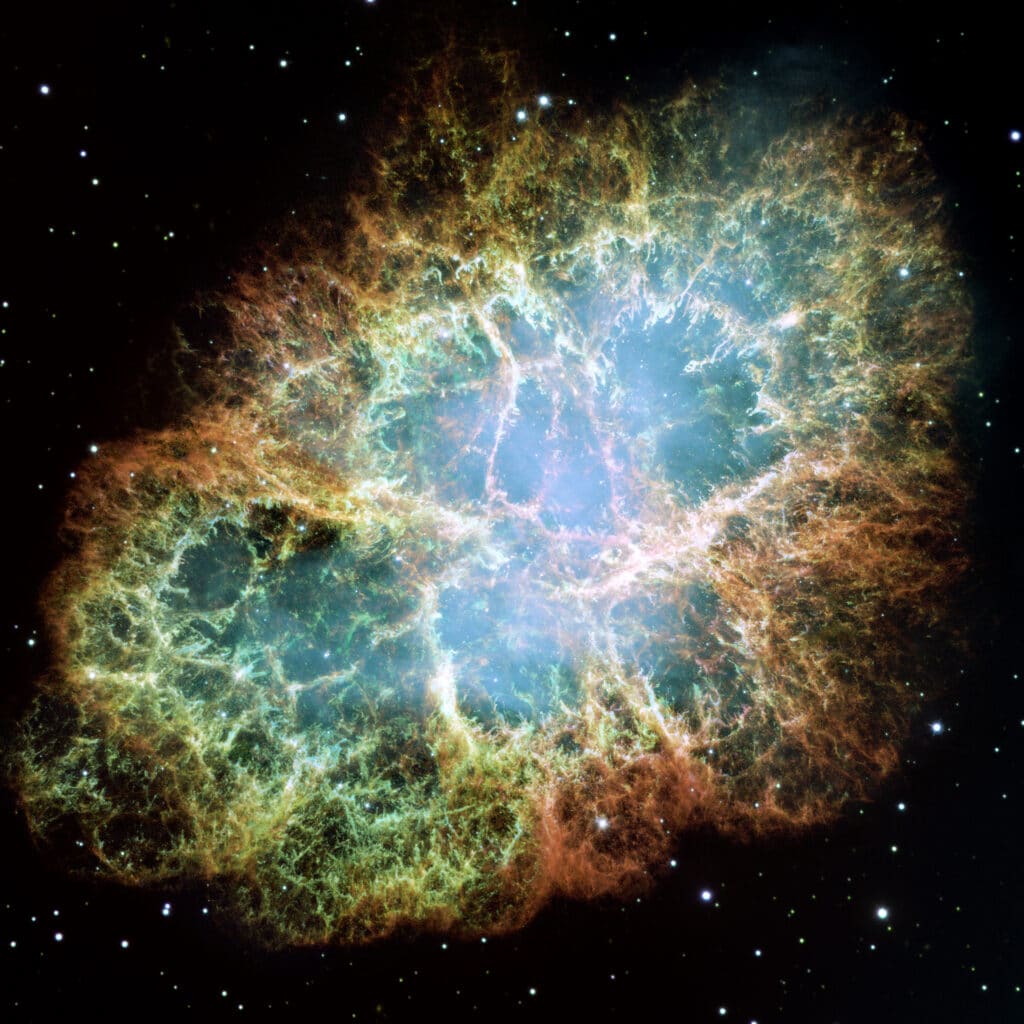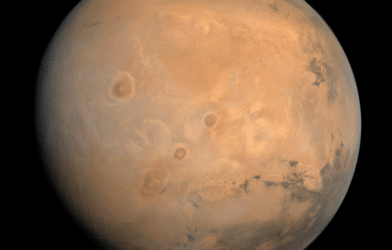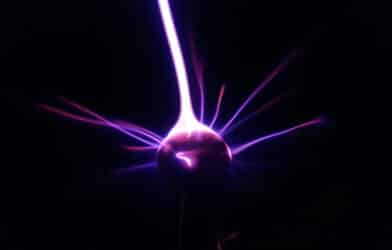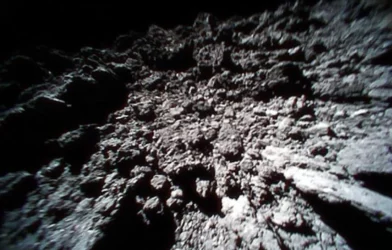When massive stars or other celestial objects explode in the vast expanse of the universe, their effects can reach our solar system. These cosmic explosions, or supernovae, leave traces on Earth and the moon, and scientists are using a specialized technique called accelerator mass spectrometry (AMS) to detect and study these remnants. In a recent paper, researchers from the Helmholtz-Zentrum Dresden-Rossendorf (HZDR) in Germany are shedding light on this research, as well as introducing the new ultrasensitive AMS facility, “HAMSTER,” that promises to advance this field of study.
The study presents an overview of cosmic explosions that occurred relatively close to Earth, with a particular focus on events that happened 3 and 7 million years ago.
“Fortunately, these events were still far enough away, so they probably did not significantly impact the Earth’s climate or have major effects on the biosphere,” says Anton Wallner, a physicist at HZDR, in a statement. “However, things get really uncomfortable when cosmic explosions occur at a distance of 30 light-years or less.”
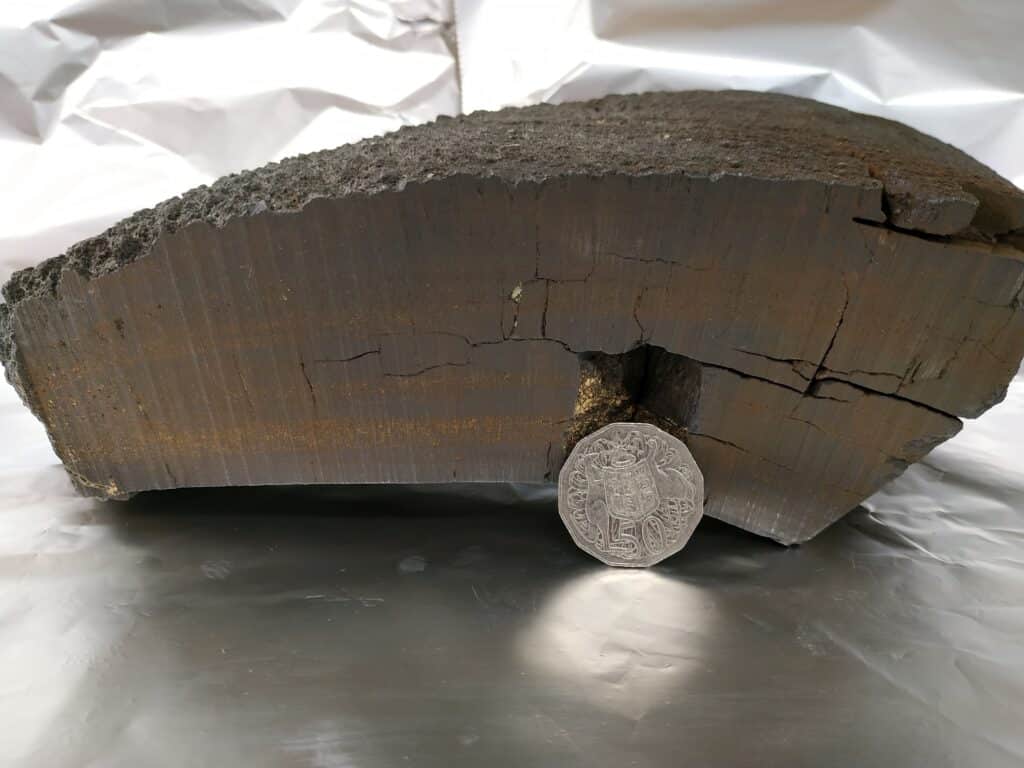
These cosmic explosions primarily involve massive stars that have exhausted their nuclear fuel. When these stars burn out, their cores collapse into ultra-dense neutron stars or black holes. Simultaneously, hot gas is expelled outward at high speeds, forming a shockwave that carries away gas and dust from the surrounding space. Over thousands of years, the remnants of a supernova can expand to several tens of parsecs in diameter, slowly dissipating.
The concern arises when these cosmic explosions occur relatively close to our solar system, as they have the potential to disrupt the Earth’s biosphere, similar to the asteroid impact that led to the extinction of the dinosaurs 66 million years ago.
“If we consider the time period since the solar system’s formation, which spans billions of years, very close cosmic explosions cannot be ruled out,” says Wallner.
However, the good news is that supernovae, which are the most common type of cosmic explosion, only occur in very massive stars, typically more than eight to ten times the mass of our sun. Such stars are rare, and one of the closest candidates of this size, Betelgeuse, is located at a safe distance of about 150 parsecs from our solar system.
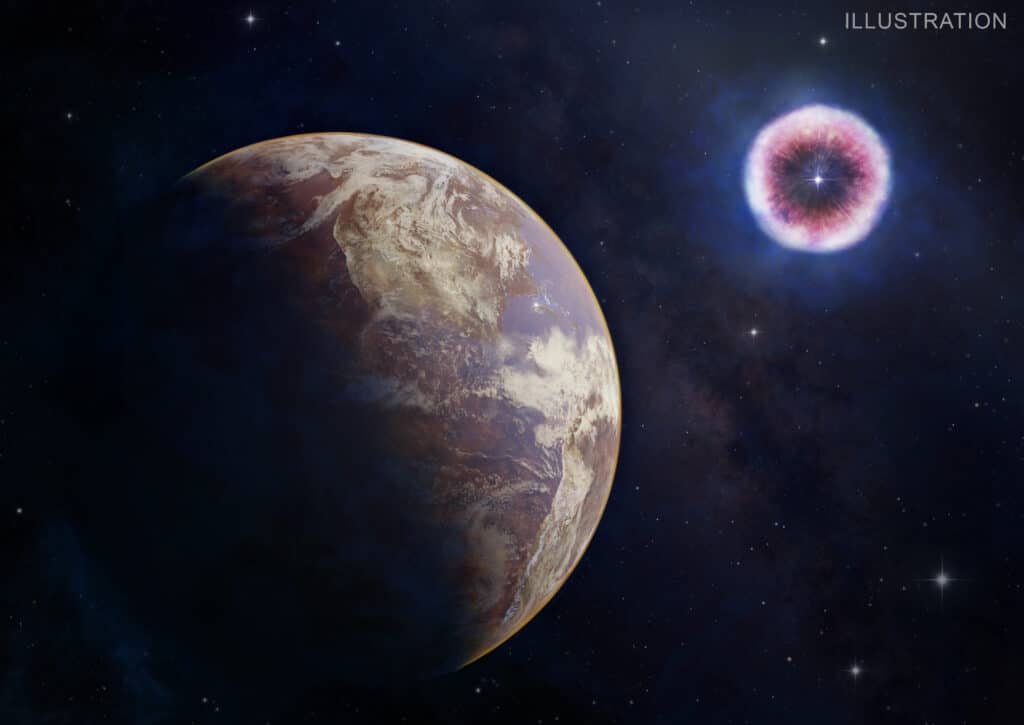
One of the key aspects of this research involves the study of interstellar isotopes, particularly radioactive isotopes like iron-60 and plutonium-244. Iron-60 is of particular interest to Wallner because it is extremely rare on Earth, as it is not produced naturally in significant quantities. It is generated, though, in large quantities just before a supernova occurs. Thus, the presence of iron-60 in sediments from the ocean floor or on the Moon’s surface could indicate a nearby cosmic explosion within the past few million years.
Plutonium-244, another radioactive isotope, is more likely generated by the collision of neutron stars than by supernovae. It serves as an indicator of the nucleosynthesis of heavy elements. The slow decay of plutonium-244 over 80 million years provides valuable insights into galactic events and the production of new elements in the recent history of the universe.
One might wonder how these isotopes travel from cosmic explosions to Earth. Iron-60 atoms expelled by supernovae tend to aggregate in dust particles, and plutonium-244 isotopes may be created in various cosmic events and subsequently swept up by the expanding envelope of a supernova. Even in cases where cosmic explosions occur within a certain distance from Earth (less than ten parsecs), the solar wind and the heliosphere’s magnetic field typically prevent individual atoms from reaching our planet. Iron-60 and plutonium-244 atoms trapped in dust particles can eventually make their way to Earth and the moon’s surface.
Detecting these extremely low concentrations of isotopes presents a significant challenge. Within a one-gram sediment sample, perhaps only a few thousand iron-60 atoms are dispersed among billions upon billions of stable iron atoms. Furthermore, even the most sensitive measurement methods may only detect one in every five thousand particles, making it essential to use Accelerator Mass Spectrometry (AMS) facilities like the upcoming HAMSTER facility at HZDR.
AMS facilities around the world differ in design, and they can complement each other in the quest to find these rare isotopes from cosmic explosions. The Dresden AMS (DREAMS) facility at HZDR is one such example, and it will soon be joined by HAMSTER.
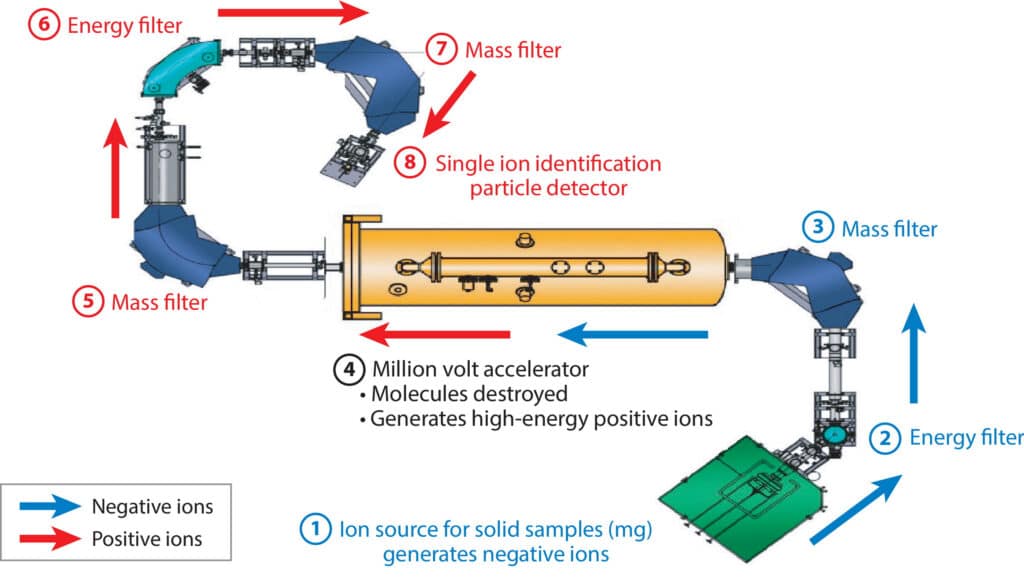
In the past two decades, researchers have only managed to measure about one thousand iron-60 atoms. For the even rarer plutonium-244 isotope, concentrations are more than 10,000 times lower, and data for individual atoms were only recently obtained in specialized facilities, such as those in Sydney. These facilities are crucial for preserving atoms from space for millions of years, and samples from the lunar surface or deep-sea sediments are ideal candidates for investigation.
In their ongoing research, Wallner and his colleagues are conducting parallel measurements at various AMS facilities, including those in Australian cities like Canberra and Sydney. They are also collaborating with NASA, which has provided lunar samples for their study.
“Parallel measurements are also taking place at HZDR. These unique samples will allow us to gain new insights into supernova explosions near Earth, but also into the heaviest elements in our galaxy which are formed through these and other processes,” explains Wallner.
The study is published in the journal Annual Review of Nuclear and Particle Science.
